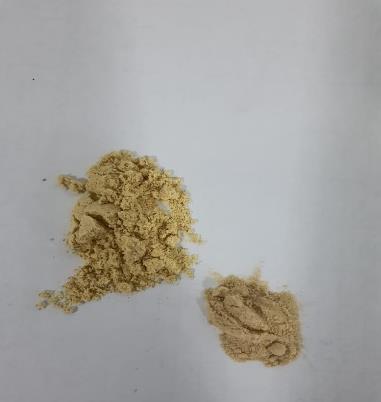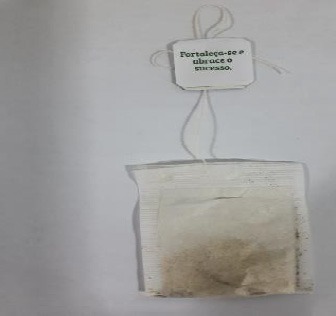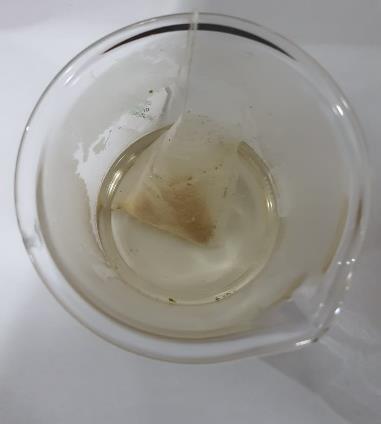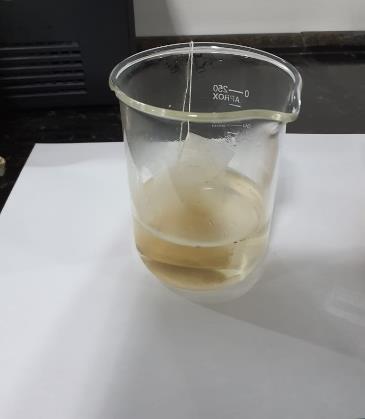Introducción
La acerola (Malpighia glabra L., o Malpighia emarginata DC.) es un árbol cuyo fruto recibe el nombre de cereza de Barbados o de las Antillas por su similitud con la fruta. Pequeño árbol (o arbusto) de follaje persistente de la familia de las Malpighiaceae, la acerola crece espontáneamente en las regiones tropicales de América del Sur, en particular en Perú y en las selvas amazónicas de Brasil y de Venezuela.
También está presente en las Antillas, donde se denomina cereza silvestre. Una composición nutricional de acerolas frescas y de zumo de acerola sin procesar, muestra que la fruta presenta excelentes fuentes de vitamina C, carotenoides precursores de la vitamina A y licopeno, además de contener cantidades considerables de tiamina, riboflavina, niacina, ácido pantoténico, calcio, hierro y magnesio (USDA, 2016).
El ácido ascórbico (vitamina C) es una vitamina hidrosoluble con fuertes propiedades reductoras. Es uno de los compuestos reductores más utilizados en el procesado de la carne. Además, actúa como antioxidante, estabilizador y regulador de la acidez. Como resultado de la oxidación, el oxígeno libre y disuelto se elimina del medio ambiente y es responsable de la reducción de algunos compuestos. (VIEIRA & SANTOS, 2010).
Objective
Understand the behavior of vitamin C upon heating, simulating the production of teas.
Acerola Application
Acerola has potential for industrialization, as it can be consumed in the form of jams, jellies, used to enrich juices and diet foods, in the form of nutraceutical foods, such as tablets or capsules, used as a food supplement, teas, beverages for athletes, nutritional bars and yogurts (CARPENTIERI-PÍPOLO et al., 2002).
Procedure – Phase 1
In a beaker, 1g of acerola powder from item BMgPO-25-324 was added, 100ml of water was added and homogenized, vitamin C was analyzed before heating and after 5 and 10 minutes of heating at 100°C, the experiment as well as the analyzes were performed in duplicates.


Resultados y debate
So far it is possible to see that there is an average loss of vitamin C of 0.39%, which means that even when heating the product, vitamin C is not lost completely. However, it is suggested to repeat the study to obtain more results and apply the statistics again. The flavor of acerola powder is present and with high intensity. See table 1:

Procedure – Phase 2
In a sachet, 0.24g of acerola powder from item BMgPO-25-324 with vitamin C of 26.80% and 0.76g of ginger powder were added, infused in 200 ml of water for 5 and 10 minutes of heating at 100°C, the experiment as well as the analyzes were carried out in duplicates.


Resultados y debate
The tea heated for 5 minutes had a slightly ginger flavor, but after 10 minutes the flavor became more present, but it was not possible to taste the acerola powder in any of the treatments, as well as the color getting darker as time goes on. passing. Regarding vitamin C analysis, it is possible to see that even with heating, vitamin C does not degrade completely. See table 2:

Conclusión
The study on the application of vitamin C in tea has yielded promising results. The addition of vitamin C significantly enhanced the antioxidant properties of the tea, providing an added health benefit. Sensory evaluations indicated that the flavor profile of the tea was not adversely affected by the inclusion of vitamin C, maintaining its original taste while boosting its nutritional value. Furthermore, stability tests showed that vitamin C remained effective in the tea over time, ensuring prolonged benefits. These findings suggest that vitamin C can be successfully integrated into tea, offering consumers an improved beverage option that combines taste with enhanced health properties.
Referencias
ARAÚJO, J. Química de alimentos: teoria e prática. 2ª ed. Viçosa: Editora UFV, 1999. 416p., 2015.
DAMODARAN, S.; PARKIN, K.; FENNEMA, O. R. Fennema’s food chemistry. 4. ed. Boca Raton: CRC Press, 2008. 1144 p.
INSTITUTO ADOLFO LUTZ – IAL. Métodos físico-químicos para análise de alimentos. 4 ed. São Paulo: Instituto Adolfo Lutz, 2008. Available in: http://www.ial.sp.gov.br/resources/editorinplace/ial /2016_3_19/analisedealimentosial_2008.pdf. Accessed on: 20 oct. 2018.
sucupira, natália rocha; xerez, ana caroline pinheiro; sousa, paulo henrique machado. perdas vitamínicas durante o tratamento térmico de alimentos. unopar científica. ciências biológicas e da saúde, 2012. available in: http://www. destaques acadêmicos, lajeado, v. 11, n. 4, p. 36-55, 2019. issn 2176-307055pgsskroton.com.br/seer/index.php/jhealthsci/article/viewfile/1025/984. accessed on: 18 aug. 2018.1
USDA. National Nutrient Database for Standard Reference. Release 28. Revised, May 2016. Disponível em: http:/ https://ndb.nal.usda.gov/ndb/search/list/acerola. Accessed on: 20 dec. 2026.
VOGEL, Arthur Israel. Análise química quantitativa. 6 ed. Rio de Janeiro: LTC, 2013.
R. Bras. Agrociência, Pelotas, v. 12, n. 4, p. 395-400, oct-dec, 2006
Anti-inflammatory and antixidant properties of blend formulated with compounds of Malpighia emarginata D.C (acerola) and Camellia sinensis L. (green tea) in lipopolysaccharide-stimulated RAW 264.7 macrophages. Available in: https://pubmed.ncbi.nlm.nih.gov/32480222/. Accessed on: 15 jun. 2024.

